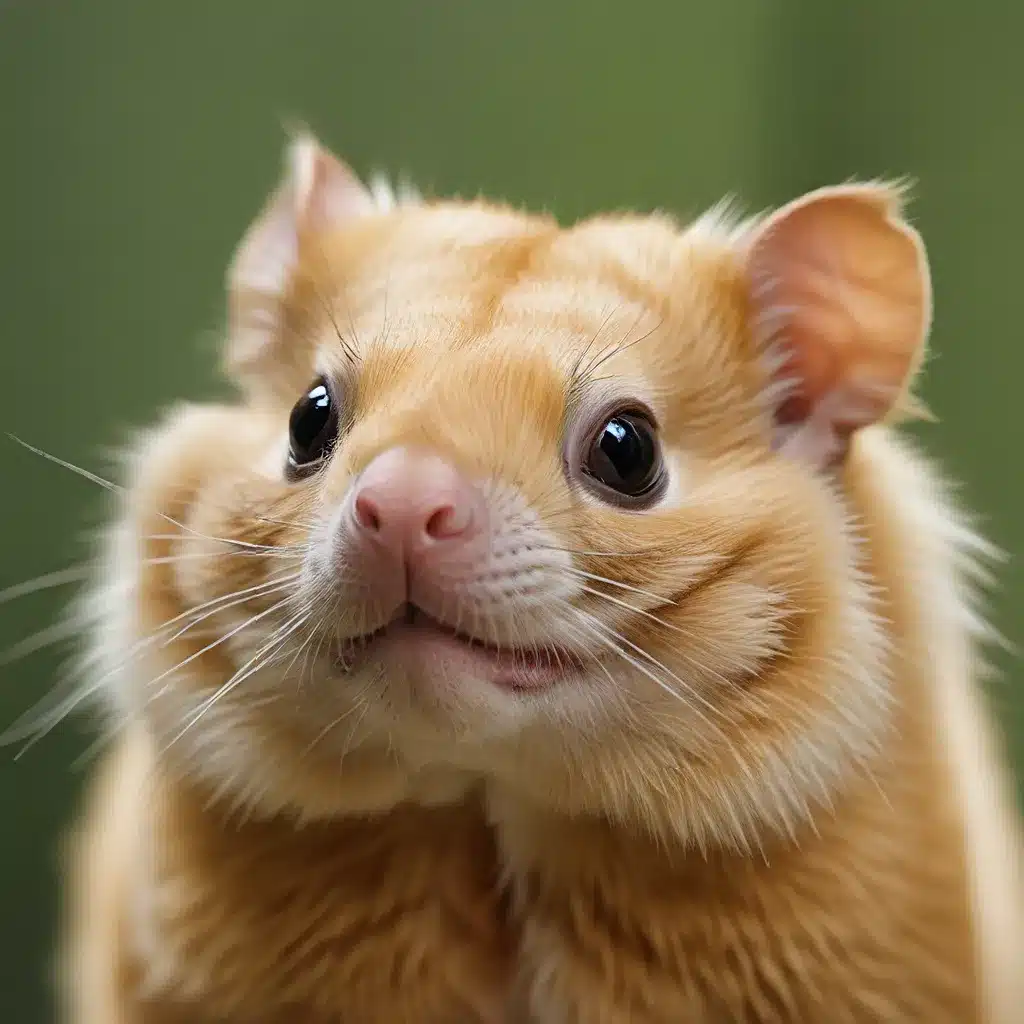
A Wild Ride Through the World of Exotic Pets
Ah, exotic pets – the furry, scaly, and feathered friends that have captured the hearts (and living rooms) of many. But have you ever wondered about the wild world that lies behind the cute Instagram posts and dazzling displays at your local pet shop? Well, buckle up, my friend, because we’re about to take a deep dive into the ethical landscape of exotic pet breeding.
Captive Breeding: Saving Species or Fueling Demand?
Let’s start with the big question – is captive breeding of exotic animals a savior or a scourge? On one hand, proponents argue that it’s a crucial tool for conservation, providing a lifeline for threatened species by boosting their numbers and even reintroducing them to the wild. After all, the Lone Star State is home to an estimated 90% of the world’s addax, dama gazelles, and scimitar-horned oryx – species that have vanished from their native habitats. But on the other hand, critics contend that captive breeding simply fuels the insatiable demand for exotic pets, leading to the decimation of wild populations through poaching and habitat loss.
As one Texan rancher put it, “If it wasn’t for ranches in Texas, that animal would be extinct.” Katy Palfrey, the CEO of Conservation Centers for Species Survival, agrees, noting that Texas ranches provide the space and resources to build up populations in a way that zoos simply can’t. “If we want to build populations up to levels they need to be at – sometimes thousands of animals – you may not be able to do that in their native habitat.”
The Exotic Pet Boom: A Billion-Dollar Industry
But let’s be real here – the exotic pet trade isn’t all about conservation. It’s a booming industry, worth an estimated $2 billion in Texas alone, with thousands of ranches and millions of non-native animals calling the state home. And the lure of lucrative hunts and photo ops has drawn in a whole new breed of enthusiasts – from wealthy thrill-seekers to social media influencers.
The demand for private exotic pet ownership has exploded, thanks in large part to the ease of access provided by the internet and social media. Just take a look at the rise of “otter cafes” in Japan or the legions of Tik Tok fans swooning over fluffy sugar gliders. It’s a phenomenon that’s gone global, with exotic pets becoming the new must-have status symbol.
Ethical Quagmires: Canned Hunts and Captive Misery
But as the exotic pet trade has grown, so too have the ethical quagmires. Take the issue of “canned hunts” – where animals are essentially raised in captivity, only to be shot by trophy hunters who pay a premium for the privilege. Or consider the heartbreaking plight of animals like slow lorises, whose teeth are clipped and who are subjected to constant stress and exposure as photo props for tourists.
The mortality rate for exotic pets is staggering – with as few as 3 out of every 10 birds or reptiles captured in the wild actually making it to a pet store. And even for those that do survive, the life of an exotic pet is often one of misery, as they’re forcibly removed from the environments that shaped them and forced to depend on humans for survival.
Navigating the Ethical Minefield
So, how do we navigate this ethical minefield? It’s a complex issue without any easy answers. Do the conservation benefits of captive breeding outweigh the risks of fueling demand and contributing to habitat destruction? Is there such a thing as “ethical” trophy hunting, or is it just a fancy way of saying “canned hunt”? And what about the welfare of the animals themselves – are we truly capable of providing them with the care and enrichment they need?
These are the questions that those in the exotic pet industry, and those who love these animals, must grapple with. Because at the end of the day, the fate of these incredible creatures hangs in the balance. And as the old saying goes, “with great power (or in this case, great demand) comes great responsibility.”
Striking a Balance: Prioritizing Conservation and Welfare
Perhaps the key is finding a way to strike a balance – one that prioritizes conservation efforts and the welfare of the animals, while still allowing for responsible, well-regulated breeding and ownership. Websites like Golden Exotic Pets are already taking steps in this direction, providing valuable resources and guidance to prospective exotic pet owners on everything from proper care to the legalities of ownership.
And on the policy front, there’s a growing push for tighter regulations and stricter standards – from the use of DNA testing to weed out illegally sourced animals, to the implementation of higher welfare requirements for breeding facilities and private owners. It’s a complex dance, to be sure, but one that’s essential if we hope to preserve the wonder and diversity of these amazing creatures.
The Road Ahead: Challenges and Opportunities
Make no mistake – the road ahead is a winding one, full of twists, turns, and ethical landmines. But for those of us who are passionate about exotic pets and their conservation, the journey is a necessary one. Because at the end of the day, the fate of these incredible animals is in our hands.
Will we choose to be part of the problem, fueling the demand and turning a blind eye to the suffering? Or will we rise to the challenge, using our knowledge, our resources, and our voices to create a future where exotic pets are celebrated, not exploited?
The choice is ours, my friends. So let’s strap in, keep our eyes on the road, and see where this wild ride takes us.

